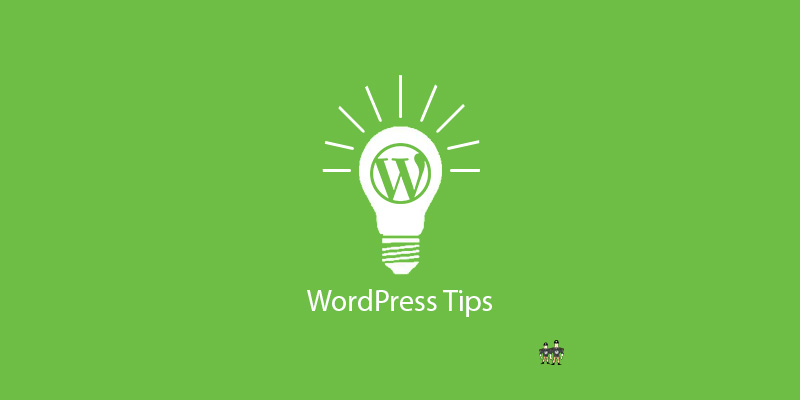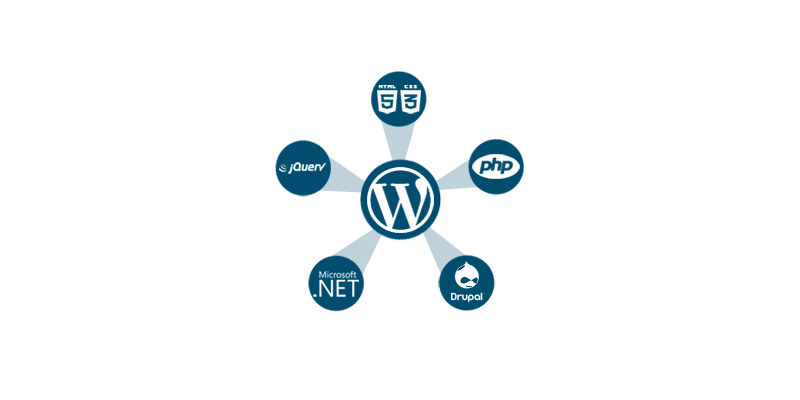-
Last updated on September 11th, 2025 by Adnan
Select Dropdown Countries Template for WordPress developers
Hello WordPressers, I was working on a project where I had to add the countries dropdown on the signup page. So, for making select dropdown countries selection sticky in the case of error at signup, I needed to check the $_POST[‘countries’] with every option in the select dropdown. It seems a redundant effort to me
-
Last updated on September 11th, 2025 by Adnan
How To Integrate A WordPress Blog In Your Existing Website?
WordPress is amazing in its nature. You can convert it into anything and integrate it with any PHP website. You can even set the degree of integration. You may only need a few WordPress features when integrating it with your website. For example, you want to display the recent blog posts on your website’s homepage.
-
Last updated on September 11th, 2025 by Adnan
How To Add a Custom Field via WordPress plugin?
Sometimes we need to add custom data for our posts and pages other than title and content especially when ones become comfortable with WordPress, there is an urge to do something experimenting for exciting features using WordPress custom field. for Suppose you are using Custom Post Types for your book store and want to save
-
Last updated on September 11th, 2025 by Adnan
Three Most Wanted Tricks For WordPress Developers
WordPress is a specially crafted platform to publish content on the web. Many of the big giant content publishers are using WordPress like CNN, NYTimes, etc. You, as a content writer, find WordPress deadly easy and super cool to work on because WordPress provides many customizations to make your content looks good, and also many




